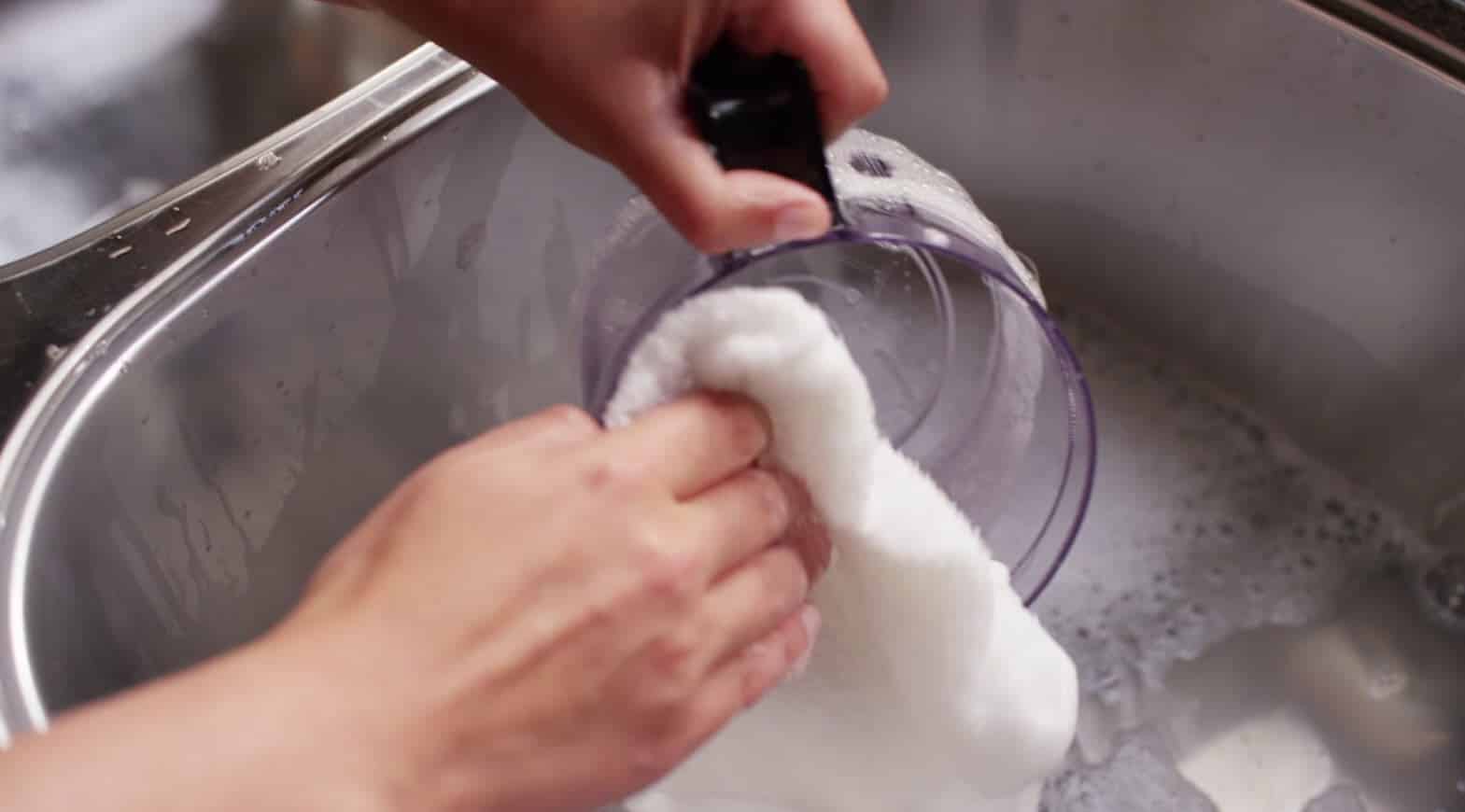

Articles
How To Clean A Food Processor
Modified: January 5, 2024
Learn the best methods for thoroughly cleaning your food processor with these informative articles. Keep your kitchen appliances in top shape!
(Many of the links in this article redirect to a specific reviewed product. Your purchase of these products through affiliate links helps to generate commission for Storables.com, at no extra cost. Learn more)
Introduction
Welcome to our comprehensive guide on how to clean a food processor! Food processors are incredibly versatile kitchen appliances that can greatly simplify your food preparation process. Whether you’re chopping vegetables, shredding cheese, or making smoothies, your food processor can quickly become a trusty companion in the kitchen. However, with frequent use, it’s essential to keep your food processor clean and free from food residue to ensure optimal performance and hygiene.
In this article, we will provide you with step-by-step instructions on how to properly clean your food processor. We’ll cover everything from disassembling the appliance to effectively removing tough stains or residue. We’ll also share some tips for maintaining your food processor to extend its lifespan. So, let’s dive in and learn how to make your food processor shine like new!
Key Takeaways:
- Keep your food processor clean and safe by following proper disassembly and cleaning techniques. Regular maintenance and careful handling will ensure its longevity and optimal performance in the kitchen.
- Utilize simple yet effective methods like baking soda paste and lemon juice to remove tough stains from your food processor. Proper drying and reassembly are crucial for safe and efficient use.
Read more: How To Clean Ninja Food Processor
Safety Precautions
Before you begin the cleaning process, it’s important to take some safety precautions to avoid any accidents or injuries. Here are some essential safety tips to keep in mind:
- Unplug the food processor: Always ensure that your food processor is unplugged from the power source before starting the cleaning process. This will prevent any chance of electric shock or accidental activation of the appliance.
- Allow the food processor to cool down: If you have been using the food processor, make sure to let it cool down before starting the cleaning process. This will protect you from any heat-related injuries.
- Handle blades and sharp components with care: The blades and other sharp components of a food processor can cause injuries if mishandled. Always be cautious when handling these parts, and consider wearing protective gloves if necessary.
- Read the manufacturer’s instructions: Familiarize yourself with the specific cleaning instructions provided by the manufacturer in the user manual. This will ensure that you’re following the proper guidelines for your particular food processor model.
By following these safety precautions, you can minimize the risk of accidents and ensure a safe cleaning process for your food processor.
Disassembling the Food Processor
Now that you’re aware of the safety precautions, let’s move on to the process of disassembling your food processor.
1. Start by unplugging the food processor from the power source to ensure that it is completely turned off.
2. Identify the components that can be detached for cleaning. Most food processors consist of a bowl, lid, pusher, blades, and discs.
3. Begin by removing the lid of the food processor. Some models have a locking mechanism that needs to be released, while others may have a simple twist-and-lift design. Consult the user manual if you’re unsure about how to remove the lid.
4. Next, remove the bowl by gently lifting it off the base unit. Some food processors have a handle on the bowl, while others may require you to twist and lift it off.
5. If your food processor has any additional attachments, such as blades or discs, carefully remove them by twisting or unlocking them according to the manufacturer’s instructions.
By following these steps, you should be able to disassemble your food processor easily. Remember to handle the components with care and avoid forcing any parts if they don’t come off smoothly. If you encounter any difficulties, refer to the user manual or contact the manufacturer for assistance.
Cleaning the Removable Parts
Now that you have successfully disassembled your food processor, it’s time to clean the removable parts. These include the bowl, lid, pusher, blades, and discs. Here’s how you can clean each component:
1. Bowl and Lid: Start by rinsing the bowl and lid under warm running water to remove any loose food particles. Then, fill your sink or a basin with warm water and a mild dish soap. Submerge the bowl and lid in the soapy water and use a sponge or cloth to gently scrub them. Pay special attention to the areas around the edges and any stubborn stains. Rinse thoroughly with clean water and set them aside to dry.
2. Blades and Discs: The blades and discs can accumulate food residue, so it’s important to clean them thoroughly. Fill a bowl with warm soapy water and carefully place the blades and discs into it. Use a soft brush or sponge to scrub the surfaces, ensuring that you reach all the crevices. Rinse them with clean water and dry them carefully to prevent any rusting.
3. Pusher: The pusher, which is used to safely push food into the feeding tube, can be easily cleaned with warm soapy water. Scrub it gently to remove any food residue. Rinse well and dry.
Some parts of your food processor, such as the blades and discs, may be dishwasher safe. Refer to the manufacturer’s instructions or consult the user manual to determine whether it’s safe to wash them in the dishwasher.
Remember to never submerge the base unit or the electrical parts of your food processor in water. These components should only be wiped with a damp cloth to remove any spills or stains.
By following these steps, you’ll ensure that the removable parts of your food processor are clean and ready to use for your next culinary adventure!
Cleaning the Base Unit
While cleaning the removable parts of your food processor is important, it’s also essential to keep the base unit clean. Here’s how you can effectively clean the base unit:
1. Unplug the food processor and make sure it is turned off. This step is crucial to prevent any accidents.
2. Use a damp cloth or sponge to wipe down the exterior of the base unit. Pay attention to any spills, stains, or food residue that may have accumulated on the surface. If there are stubborn stains, you can use a gentle cleaner or a mixture of water and mild dish soap to remove them. Avoid using abrasive cleaners or scrub brushes that may damage the surface.
3. For the buttons or control panel, use a slightly wet cloth or a cotton swab to clean around the buttons and remove any dirt or grime. Be careful not to let any excess moisture seep into the control area.
4. If there are any crevices or hard-to-reach areas, you can use a small brush, such as a toothbrush or a soft-bristled brush, to dislodge any debris. Make sure to clean these areas thoroughly.
5. After cleaning, take a dry cloth or paper towel and wipe down the base unit to remove any excess moisture. This is important to prevent any potential damage to the electrical components.
Remember to never submerge the base unit in water or any other liquids. Cleaning the base unit regularly will help maintain the performance and longevity of your food processor.
By following these steps, you can ensure that your food processor’s base unit is clean and free from any dirt or grime. This will not only enhance its appearance but also contribute to its optimal functioning in the kitchen.
To clean a food processor, disassemble the parts and wash them in warm, soapy water. Use a brush to remove any stuck-on food, and dry thoroughly before reassembling.
Read more: How To Clean Kitchenaid Food Processor Lid
Removing Tough Stains or Residue
While regular cleaning can help keep your food processor in good condition, there may be times when you encounter tough stains or residue that require a bit more effort to remove. Here are some methods you can try to tackle stubborn stains or residue:
1. Baking Soda Paste: Create a paste by mixing baking soda with a small amount of water. Apply the paste to the stained areas and let it sit for a few minutes. Then, scrub the stains gently using a sponge or cloth. The mild abrasiveness of baking soda can help lift the stains without causing damage to your food processor.
2. Lemon Juice: Squeeze some fresh lemon juice onto the stained areas and let it sit for a few minutes. The acidic nature of lemon juice can help break down the stains. Use a sponge or cloth to scrub the stains and rinse thoroughly with water.
3. Vinegar Solution: Mix equal parts of white vinegar and water in a spray bottle. Spray the solution onto the stained areas and let it sit for a few minutes. Then, scrub the stains gently with a sponge or cloth. Vinegar is known for its cleaning and disinfecting properties and can be effective in removing tough stains or residue.
4. Commercial Cleaners: If the above methods don’t work, you can consider using a commercial cleaner specifically designed for kitchen appliances. Follow the instructions provided by the manufacturer and use it accordingly to remove the stains or residue.
Remember to always rinse the cleaned areas thoroughly with water after using any cleaning solutions or products. This will ensure that there are no traces of the cleaning agents left behind in your food processor.
If you’re unsure about which method to use or have concerns about the materials of your food processor, it’s always a good idea to consult the manufacturer’s instructions or contact their customer service for guidance.
By trying these methods, you can effectively remove tough stains or residue from your food processor and restore its cleanliness and shine.
Drying and Reassembling the Food Processor
After cleaning the removable parts and the base unit of your food processor, it’s important to ensure that everything is properly dried before reassembling the appliance. Here’s how you can effectively dry and reassemble your food processor:
1. Start by using a clean towel to gently dry the removable parts, such as the bowl, lid, pusher, blades, and discs. Pay special attention to the nooks and crannies to make sure they are thoroughly dry.
2. For the base unit, gently wipe it down with a dry cloth or paper towel to remove any remaining moisture. It’s crucial to ensure that the electrical components are completely dry to prevent any damage.
3. Once all the components are dry, it’s time to reassemble your food processor. Start by placing the clean and dry bowl onto the base unit. Make sure it is securely in place.
4. Next, carefully attach the blades or discs according to the manufacturer’s instructions. Ensure they are properly aligned and lock them into place if required.
5. Place the lid on top of the bowl and make sure it is properly aligned. Lock it into position if necessary.
6. Finally, insert the pusher into the feeding tube, ensuring it fits securely.
By following these steps, you can ensure that your food processor is properly dried and reassembled, ready to be used for your next culinary adventure.
Remember to always refer to the manufacturer’s instructions for specific guidelines on drying and reassembling your food processor. Each model may have slightly different requirements, so it’s important to follow the recommended procedures.
Now that your food processor is clean and reassembled, you’re ready to whip up delicious meals and enjoy the convenience it offers in your kitchen!
Tips for Maintaining Your Food Processor
Proper maintenance is key to ensuring the longevity and optimal performance of your food processor. Here are some tips to keep your appliance in top condition:
1. Clean after each use: It’s best to clean your food processor immediately after each use. This prevents food residue from drying and becoming harder to remove. A quick rinse and wipe can go a long way in maintaining cleanliness.
2. Avoid immersing the base unit in water: The base unit of your food processor houses the electrical components, so it should never be submerged in water. Instead, use a damp cloth or sponge to wipe it clean.
3. Handle with care: Avoid using metal utensils or abrasive cleaners that can damage the blades or other sensitive parts. Opt for plastic or wooden utensils instead.
4. Regularly inspect the blades and discs: Check the blades and discs for any signs of damage, such as chips or dullness. Replace them if necessary to ensure safe and efficient operation.
5. Store properly: When not in use, store your food processor in a dry and clean place. Keep all the components together and in a designated spot to prevent misplacement or damage.
6. Use the pulse function for tough ingredients: If you’re processing hard or sticky ingredients, use the pulse function instead of continuous blending. This will help prolong the life of your food processor and prevent overheating.
7. Avoid overloading: Follow the recommended capacity guidelines provided by the manufacturer. Overloading the food processor can strain the motor and lead to poor performance or even damage.
8. Regularly lubricate the food processor: Some food processors may require lubrication for smooth operation. Refer to the user manual for instructions on how to lubricate your specific model.
9. Stay up-to-date with maintenance and repairs: If you notice any unusual noises, vibrations, or performance issues, consult the user manual or contact the manufacturer for assistance. Regular maintenance and timely repairs can help prolong the lifespan of your food processor.
By following these maintenance tips, you can ensure that your food processor remains in excellent condition, providing you with countless hours of efficient food preparation.
Conclusion
Cleaning and maintaining your food processor is essential for both its longevity and the safety of your food. By following the step-by-step instructions outlined in this guide, you can ensure that your food processor remains in top-notch condition. Remember to always prioritize safety by following the recommended safety precautions and guidelines provided by the manufacturer.
Regularly cleaning the removable parts, such as the bowl, lid, blades, and discs, will not only keep your food processor looking clean and hygienic but also ensure that it operates efficiently. Pay attention to stubborn stains or residue and use appropriate cleaning methods to remove them without damaging the appliance.
Additionally, properly drying and reassembling your food processor after cleaning is crucial to prevent any moisture-related issues or damage to the electrical components. Take care to store the appliance correctly when not in use to avoid misplacement or damage.
Maintaining your food processor goes beyond just cleaning; it also involves regular inspections, proper handling, and adherence to the manufacturer’s guidelines. By following the tips provided in this guide, you can extend the lifespan of your food processor and enjoy its efficient performance for many years to come.
Remember, a well-maintained food processor is a reliable kitchen companion that can make your meal preparation tasks a breeze. So, keep these cleaning and maintenance practices in mind and let your food processor continue to serve you delicious and hassle-free dishes!
Frequently Asked Questions about How To Clean A Food Processor
Was this page helpful?
At Storables.com, we guarantee accurate and reliable information. Our content, validated by Expert Board Contributors, is crafted following stringent Editorial Policies. We're committed to providing you with well-researched, expert-backed insights for all your informational needs.
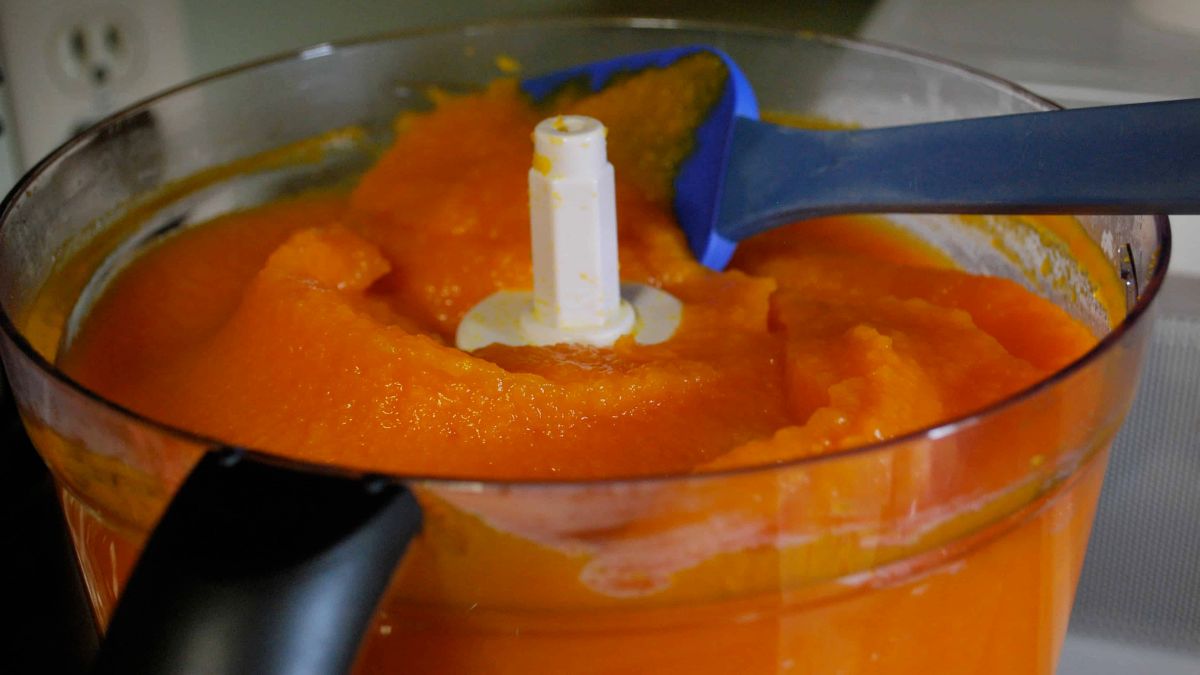
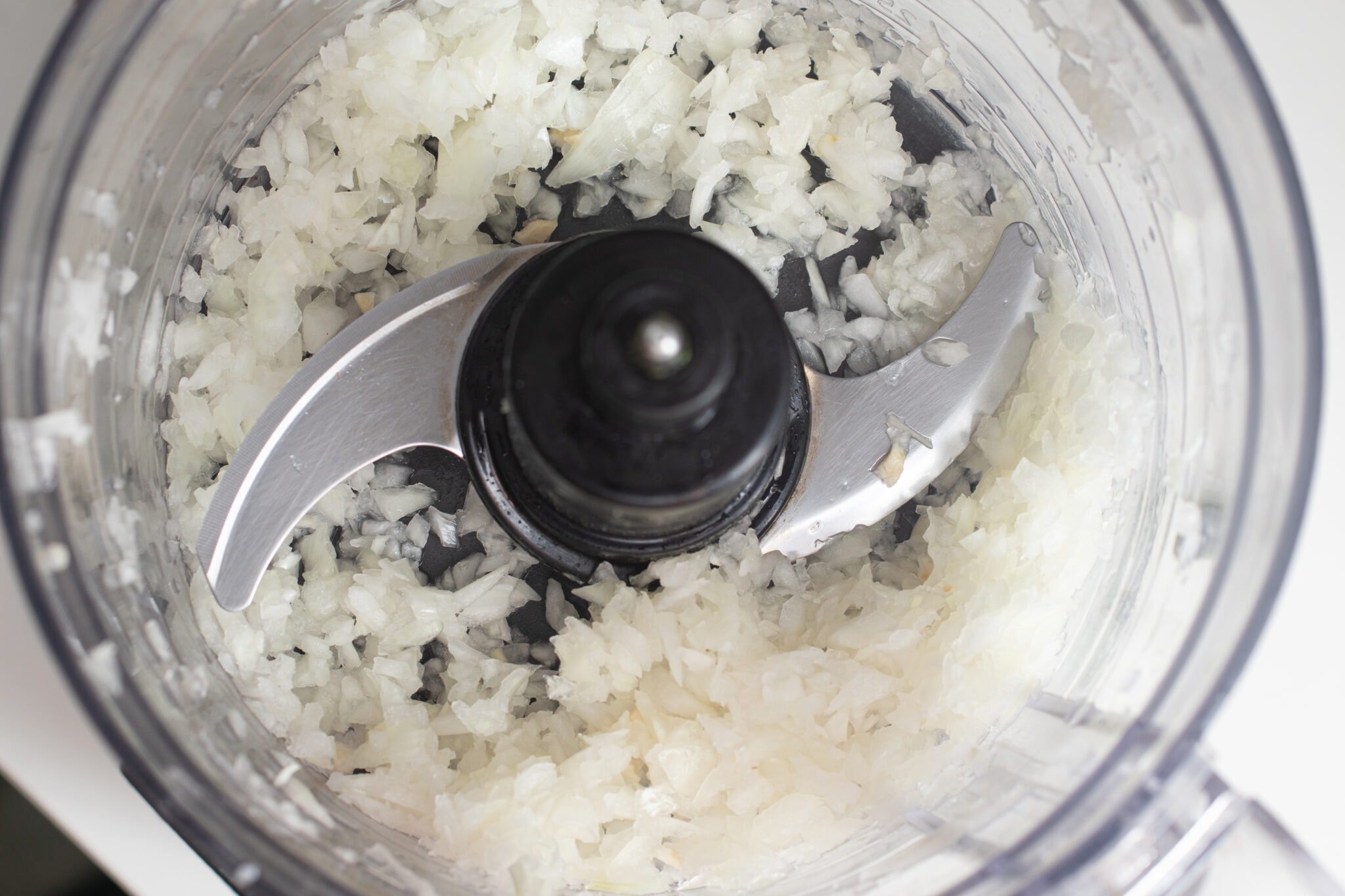
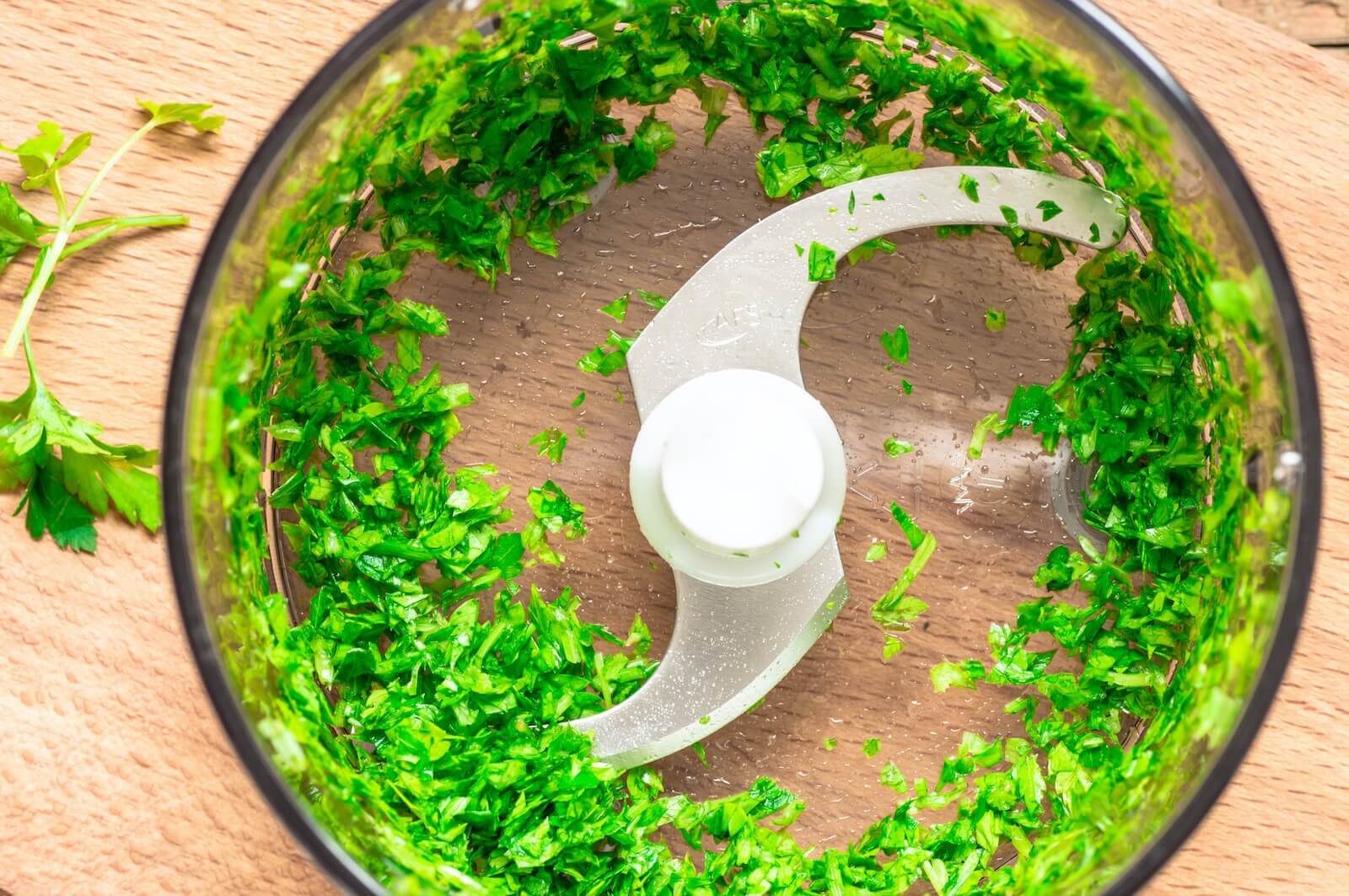
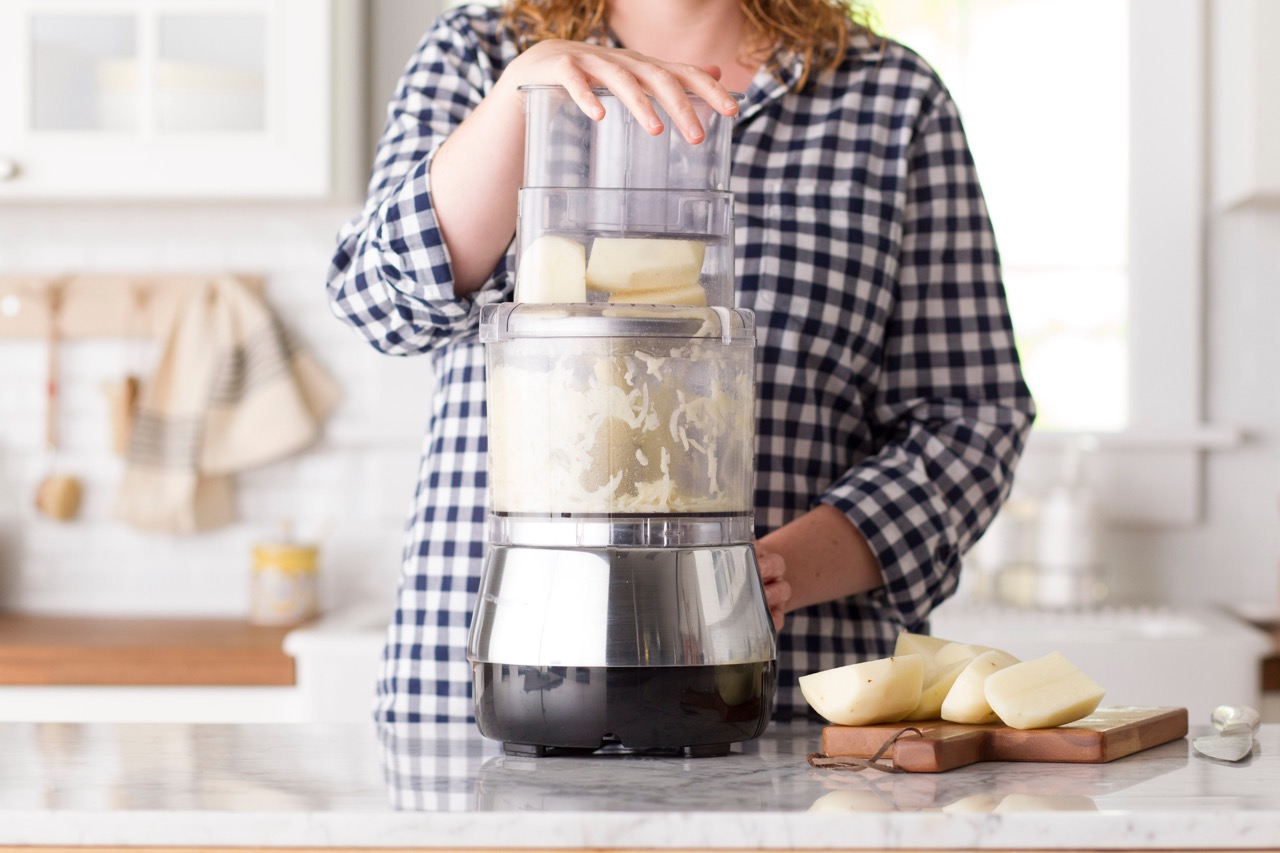
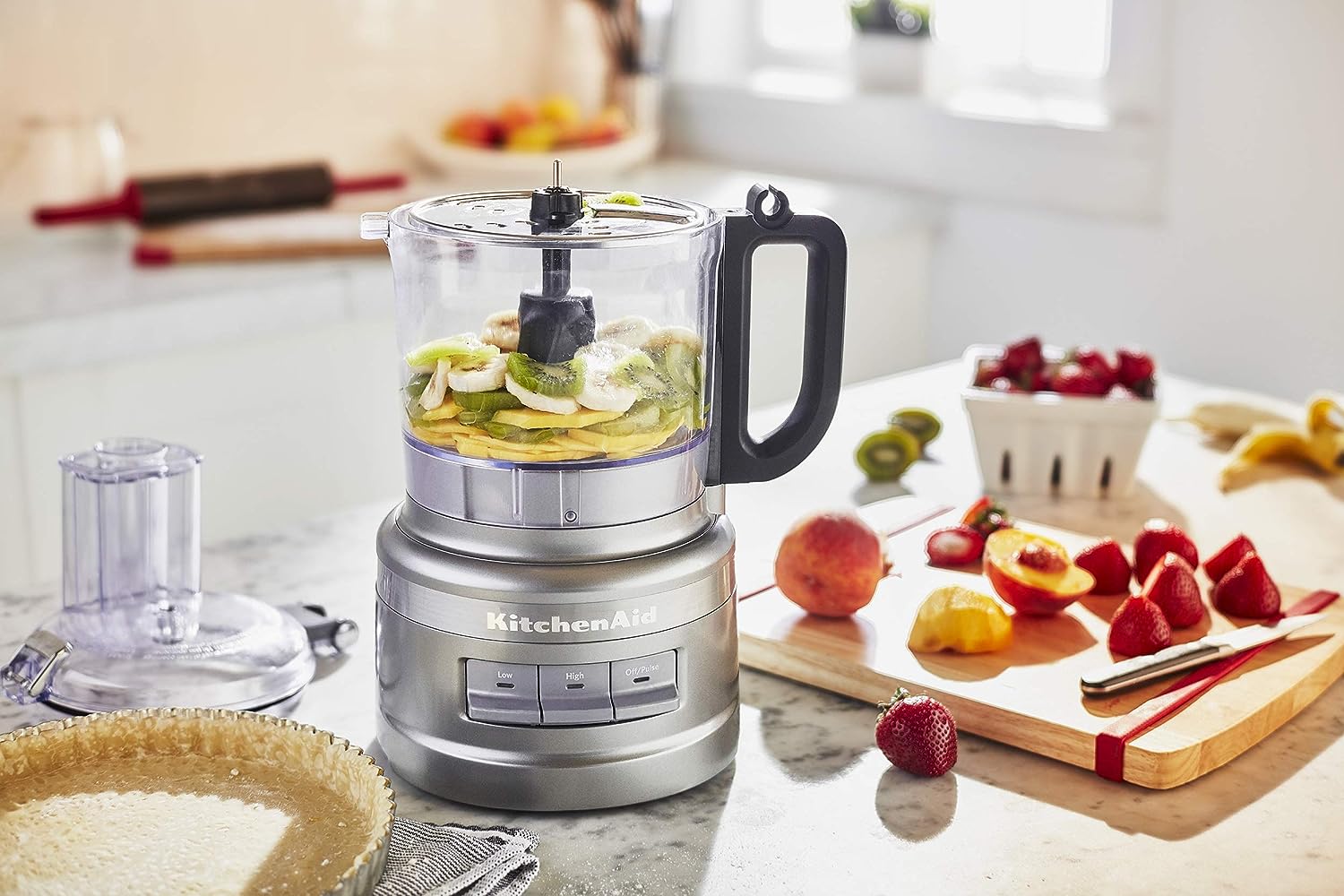
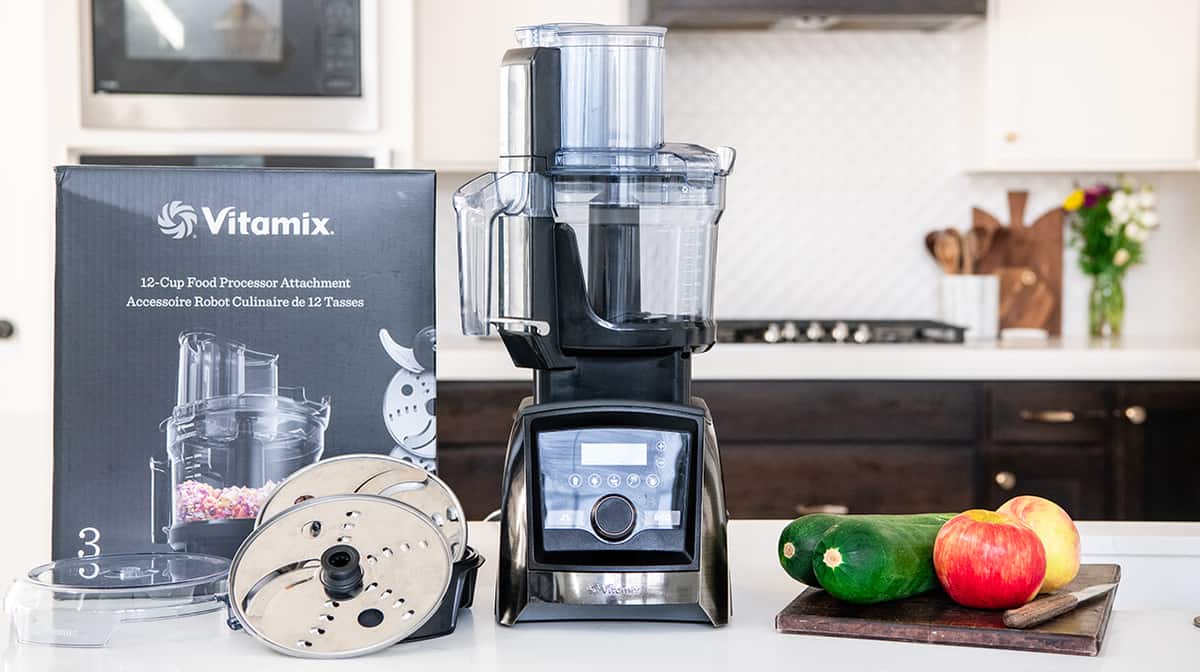
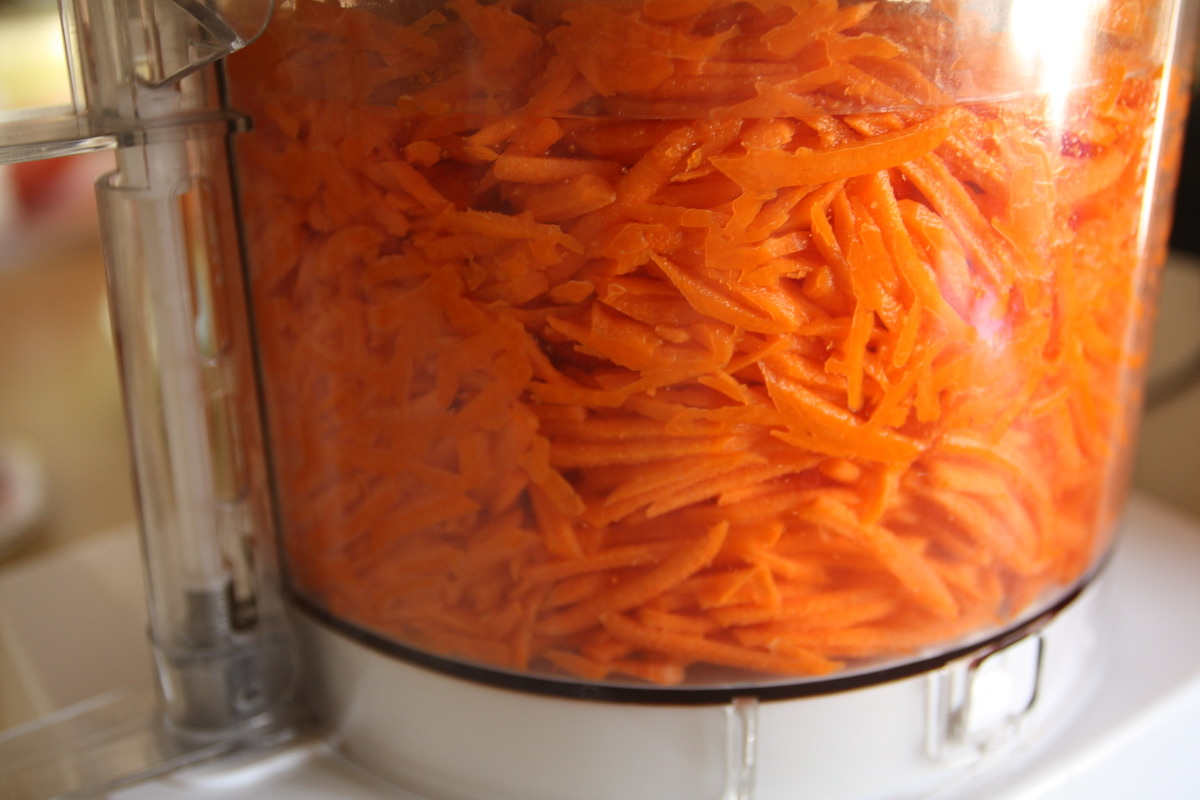
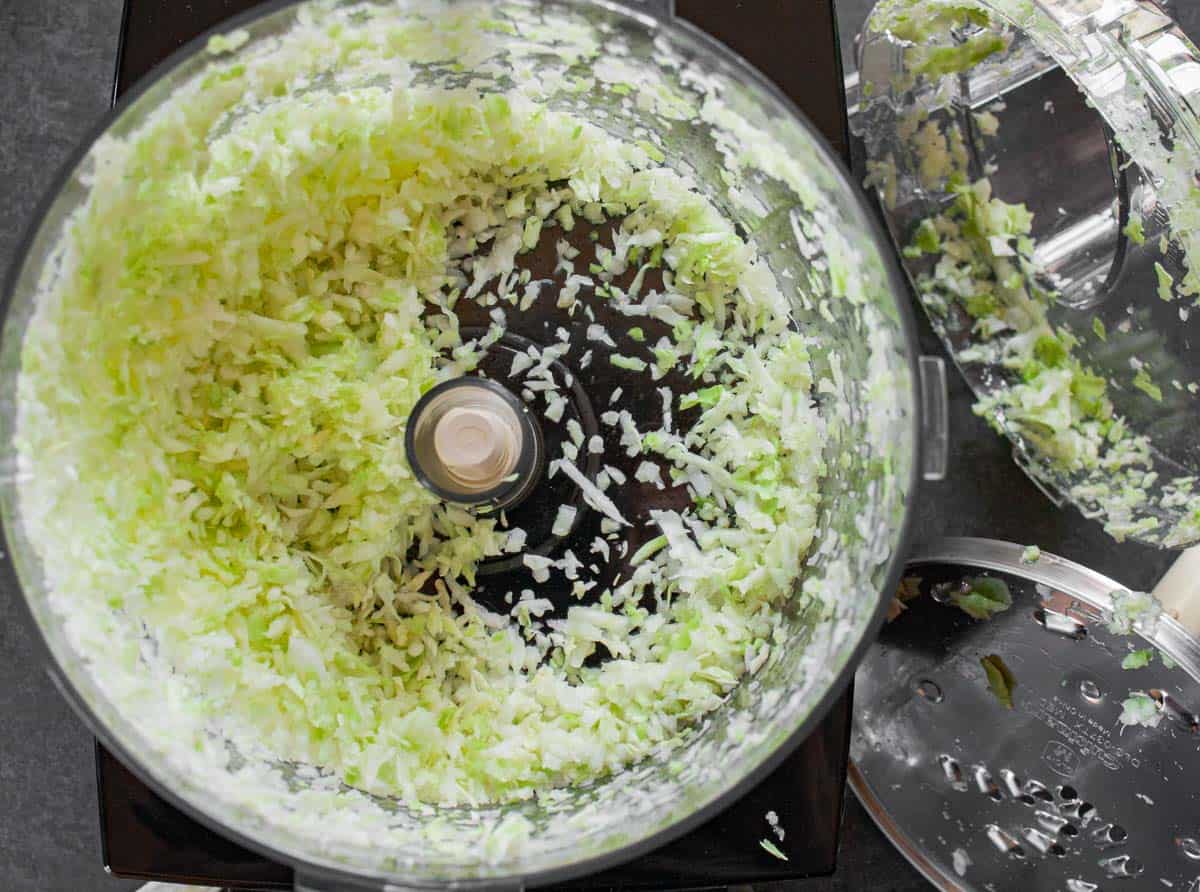
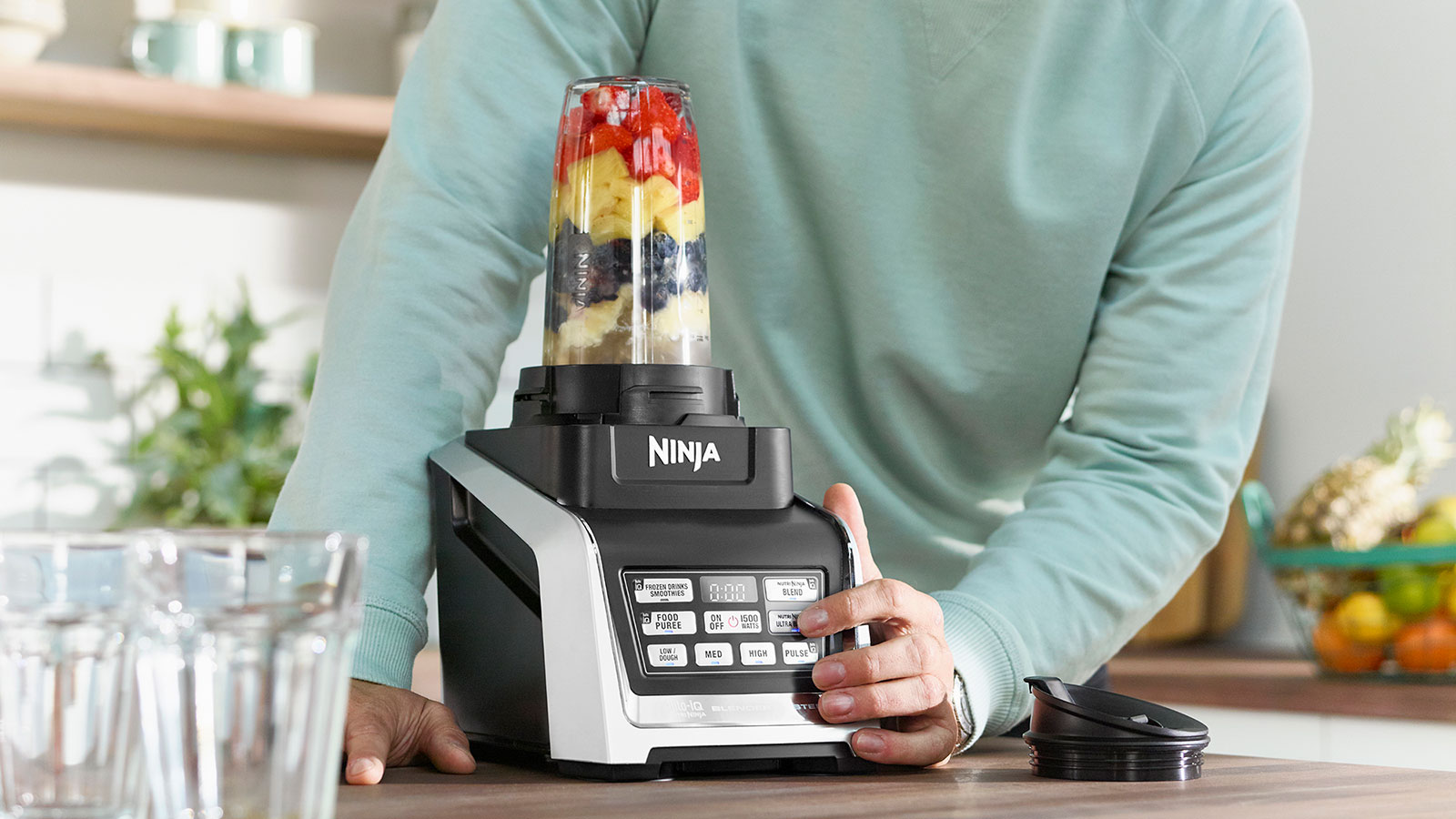
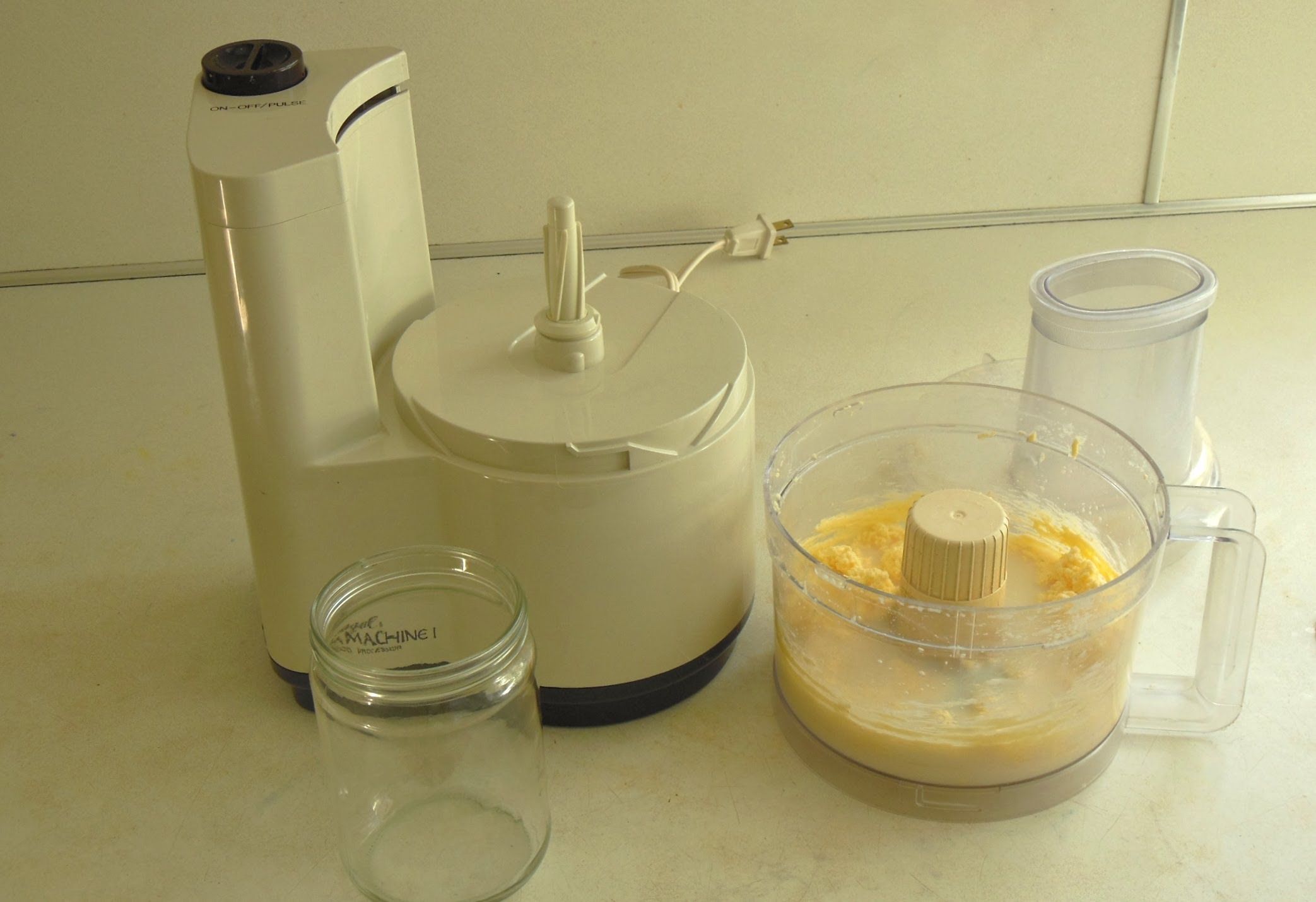
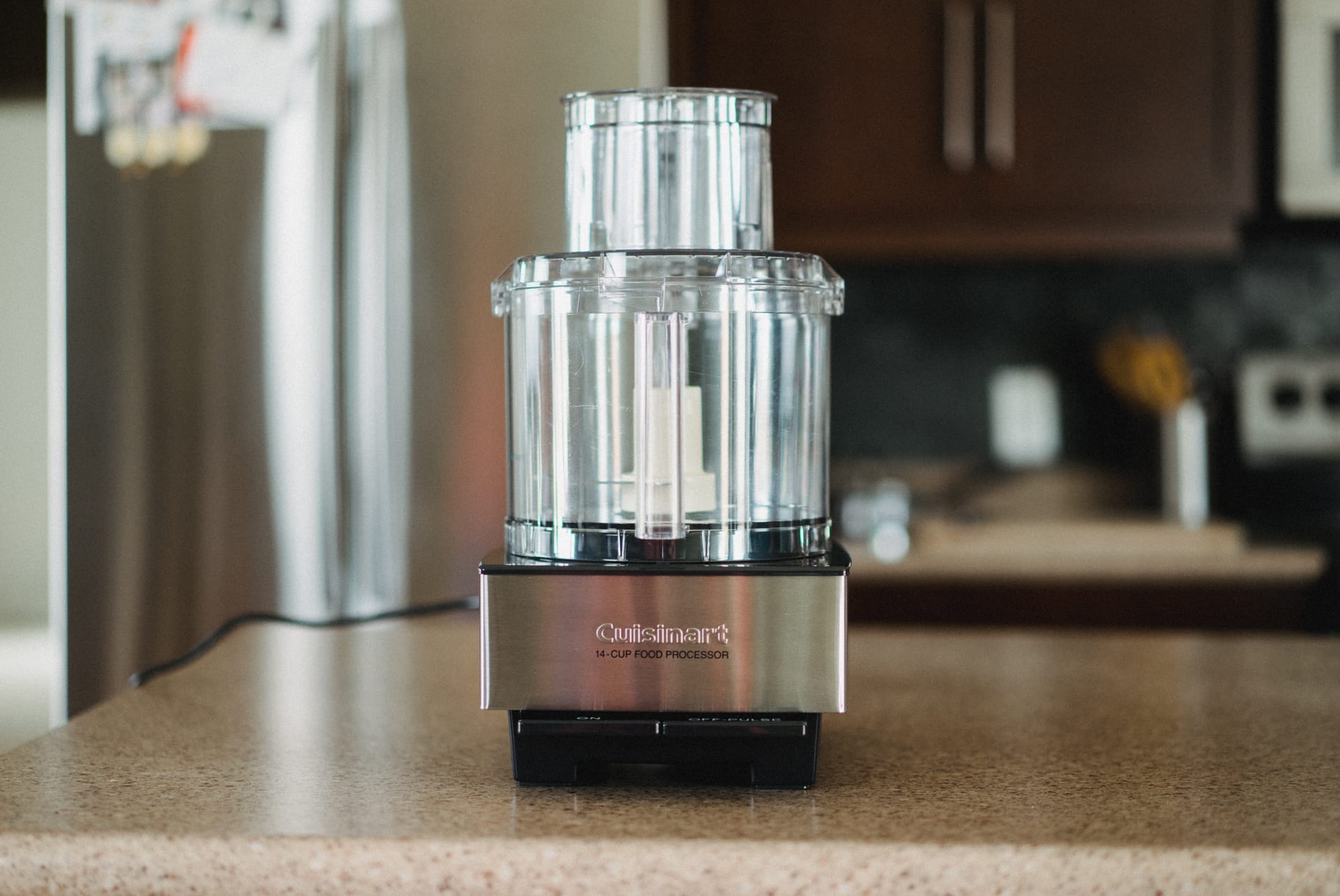
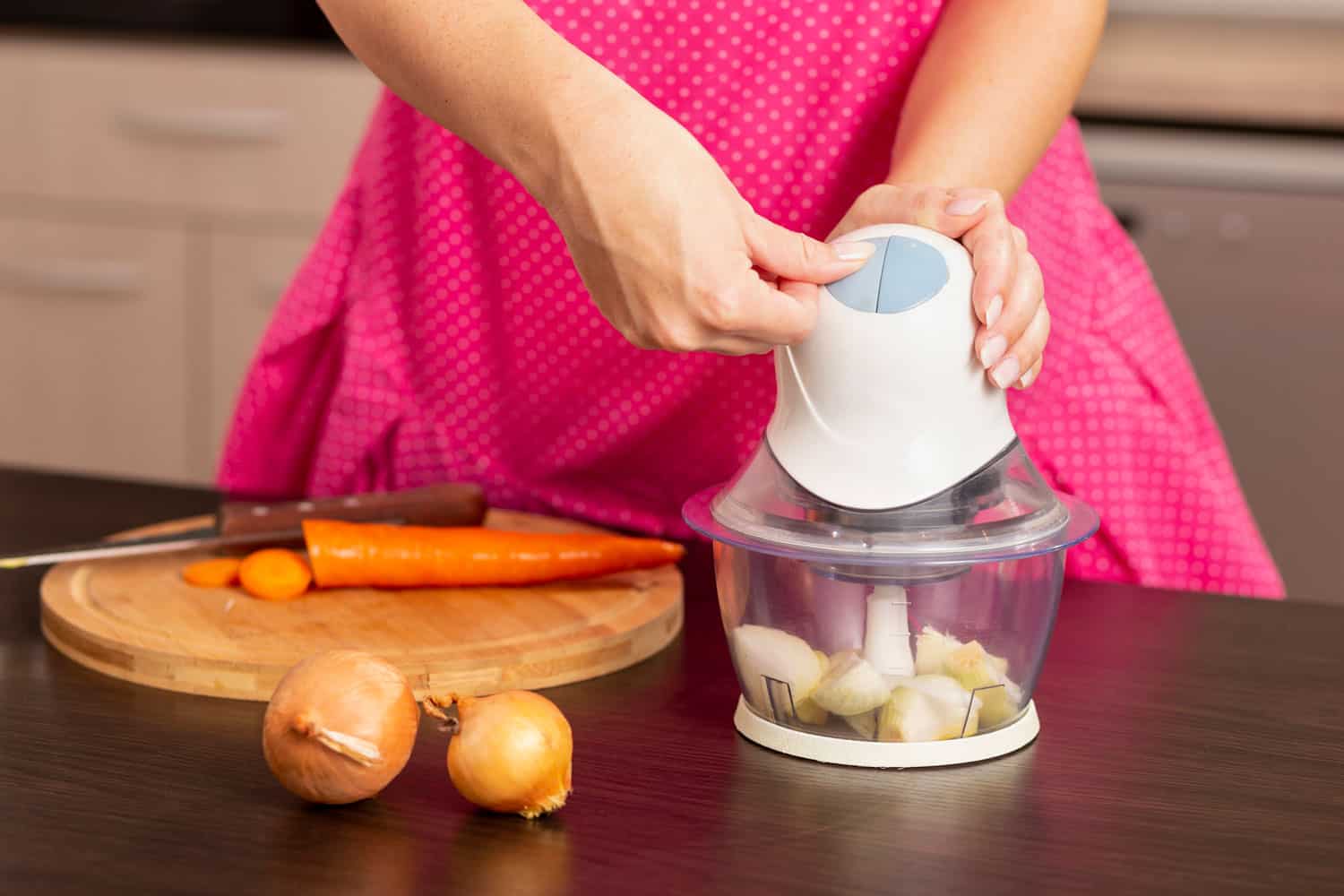
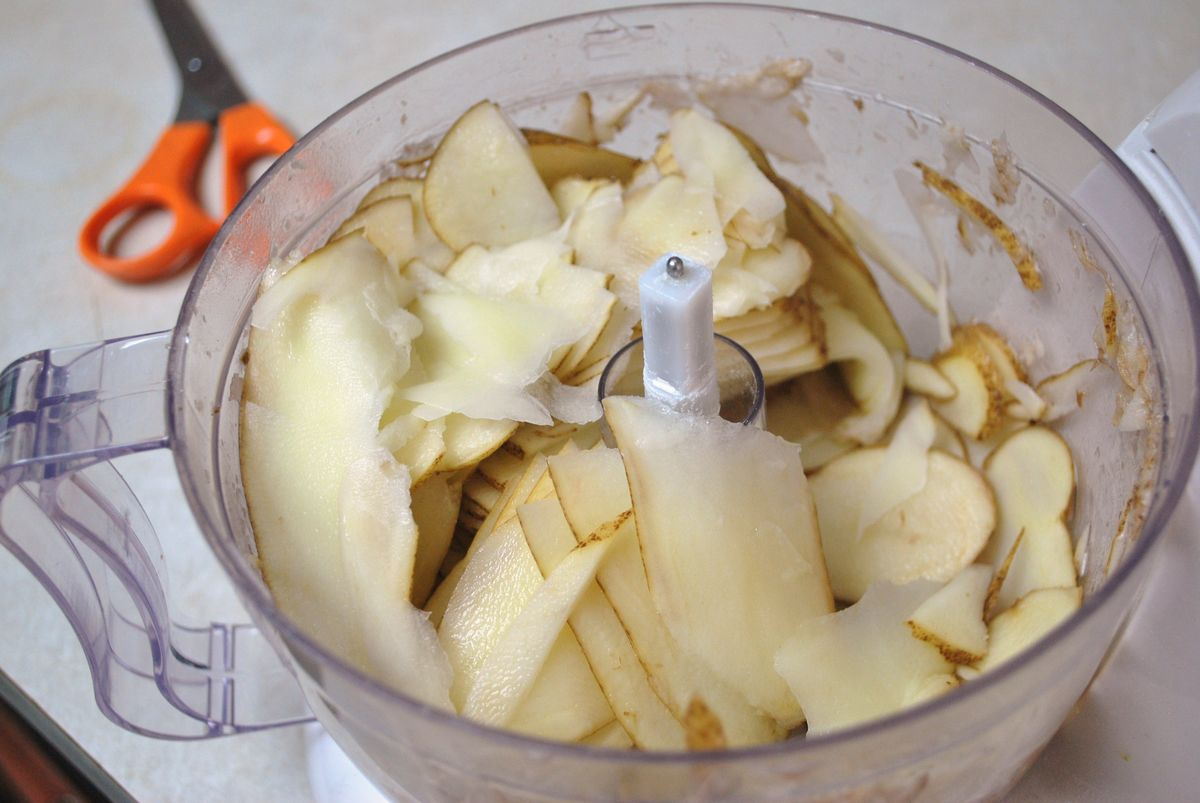
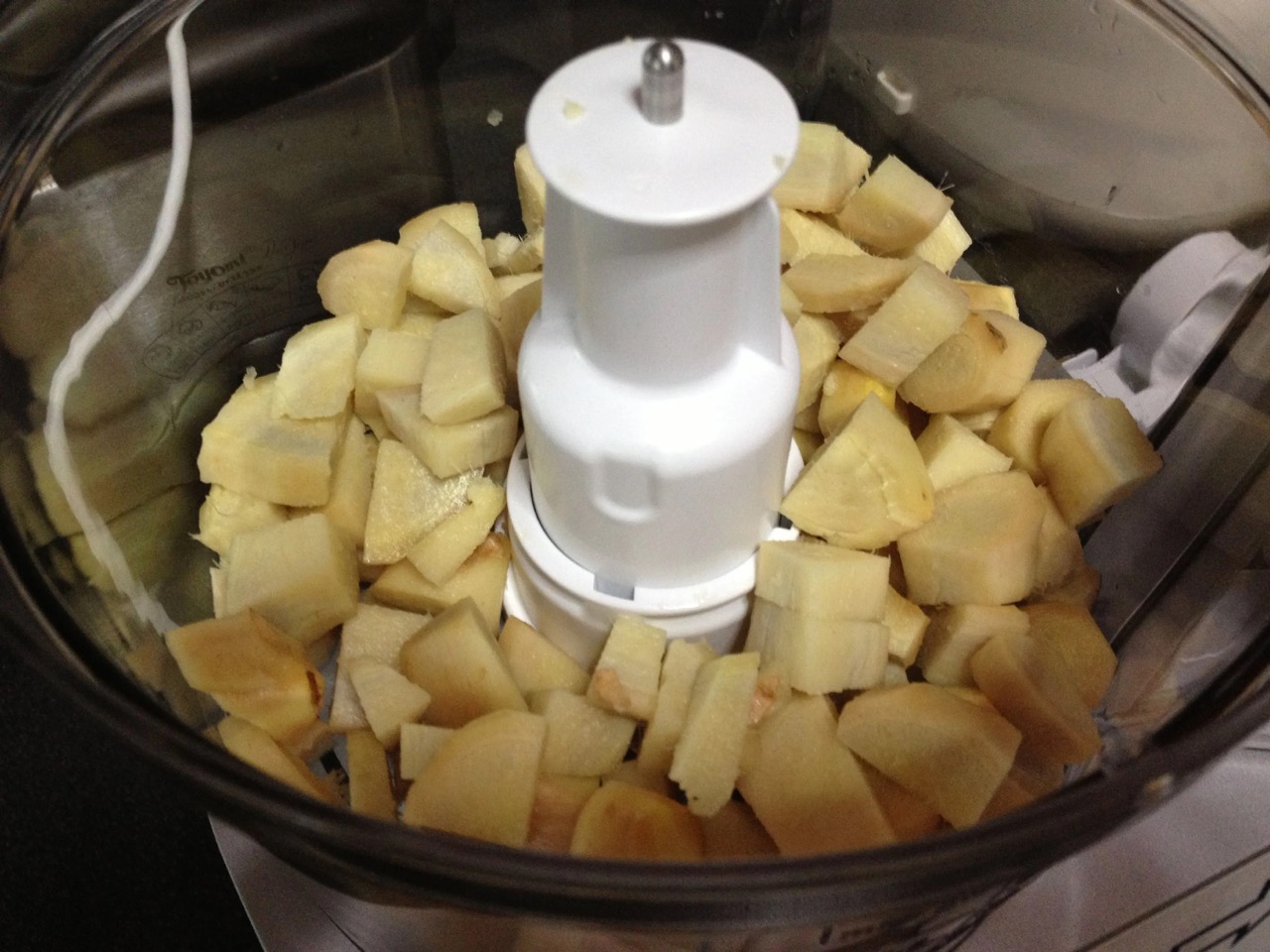

0 thoughts on “How To Clean A Food Processor”